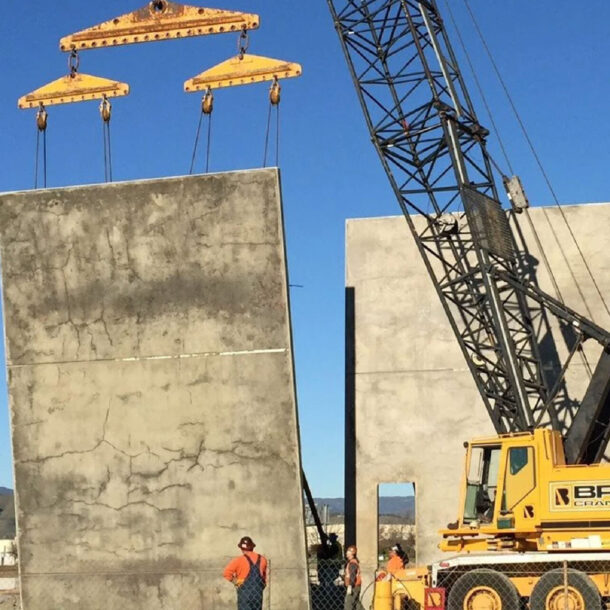
Categories
- Architecture (42)
- Awards (6)
- Behind the Build (9)
- Construction (36)
- Insights (62)
- Projects (15)
About Author
Regina Thompson, NCARB LEED AP BD+CTags

One of the most common requests we have from all of the sectors we work in is, “How can we incorporate sustainable design into our project?”
The best way this is done is through planning in the framework of green building principles. LEED (Leadership in Energy and Environmental Design) is one organization that provides strategies and practices for green building and sustainable design. LEED is the most popular green building rating system used in the world. This rating system is used by millions of square feet of properties across the globe to benefit from green building design.
LEED’s current rating system has nine categories for new construction – each with a myriad of options that can help increase sustainability. We will look at the categories of Energy & Atmosphere, Materials & Resources, and Indoor Environment Quality for some of the more practical items that can be applied to your next building project:
As our environment continues to change around us, responsibly using our resources is helpful now and for future generations to come. Along with that, some of these examples help control dollars needs for construction and operational cost of running your building.
If you are thinking about planning for some of these strategies in your next project or want your building to become LEED certified, our team is ready and able to help you build sustainability into your next project.